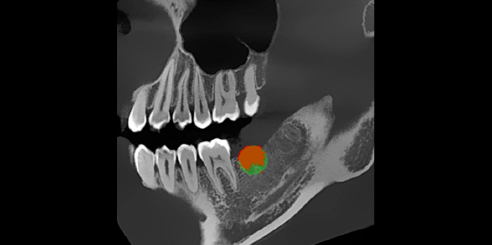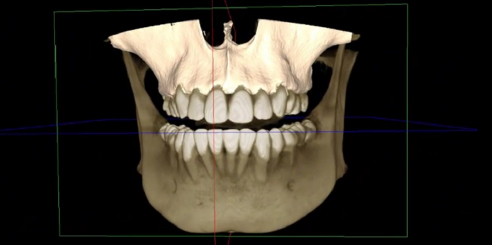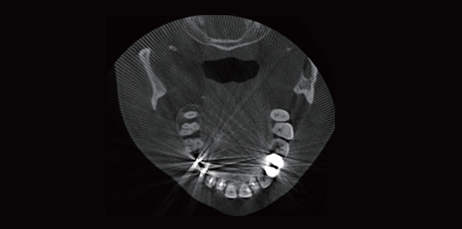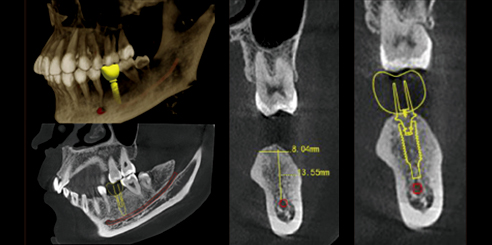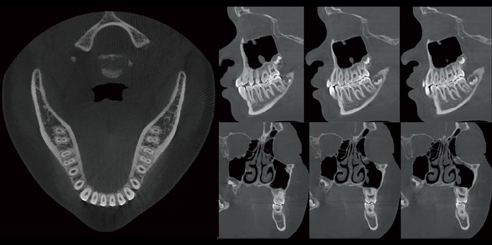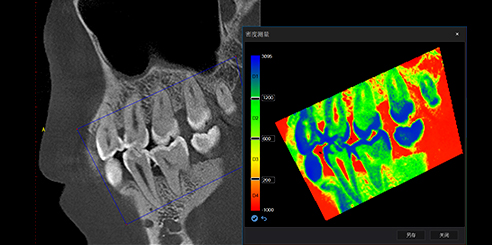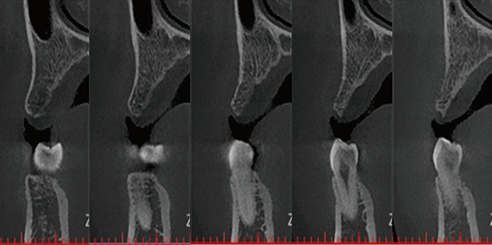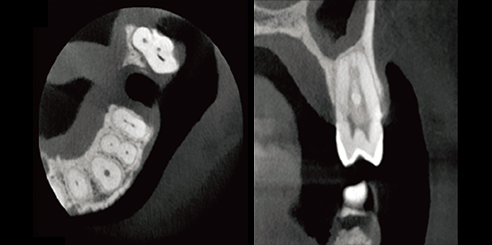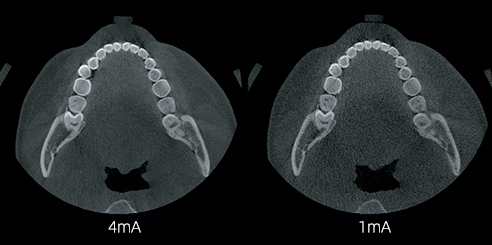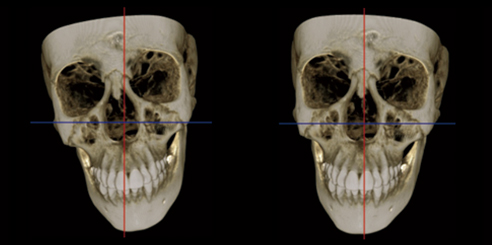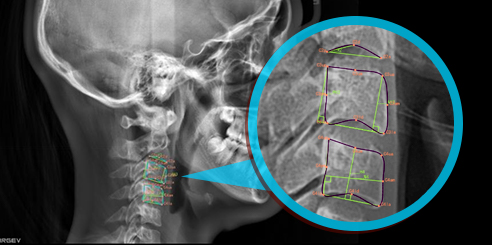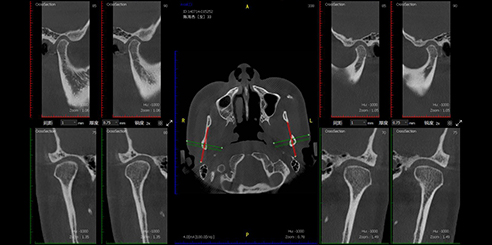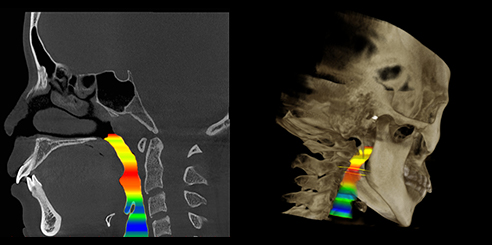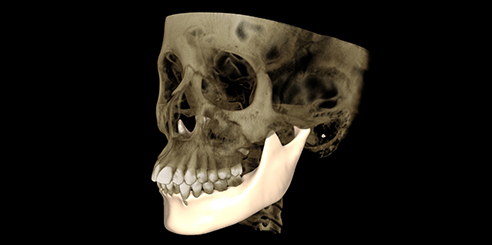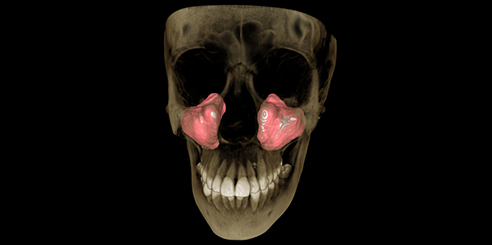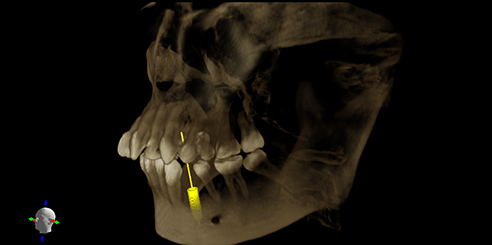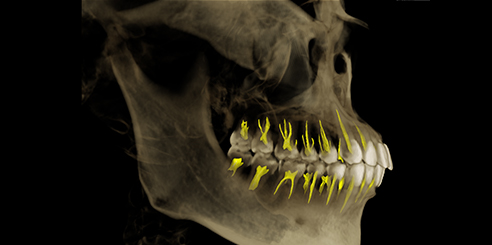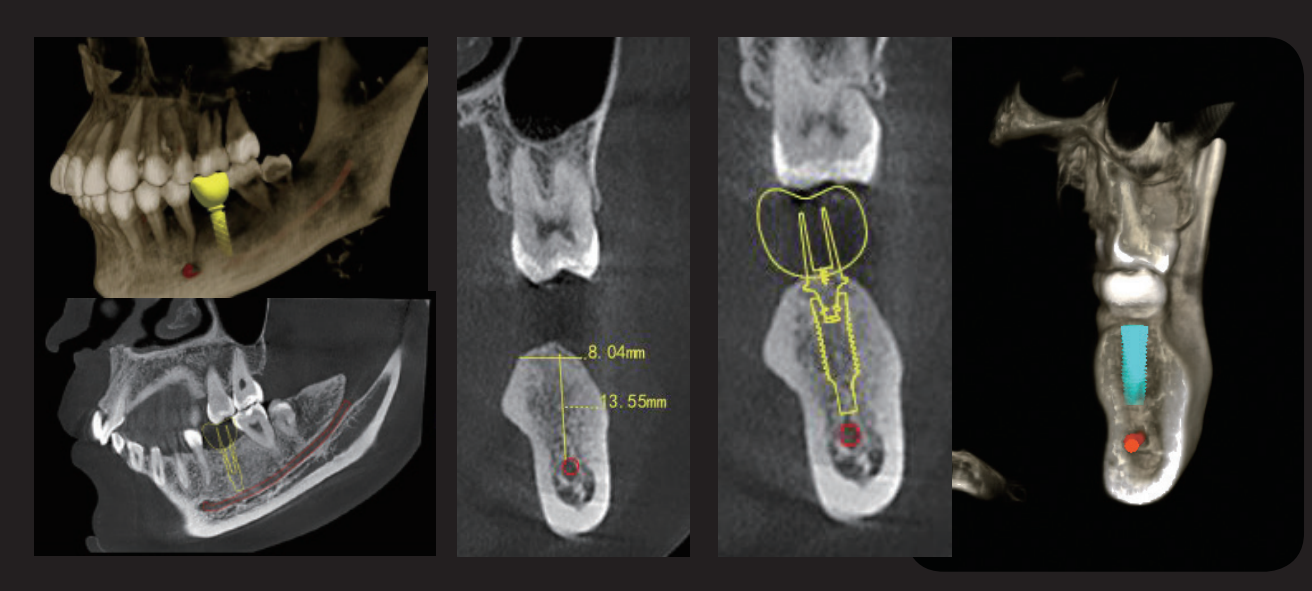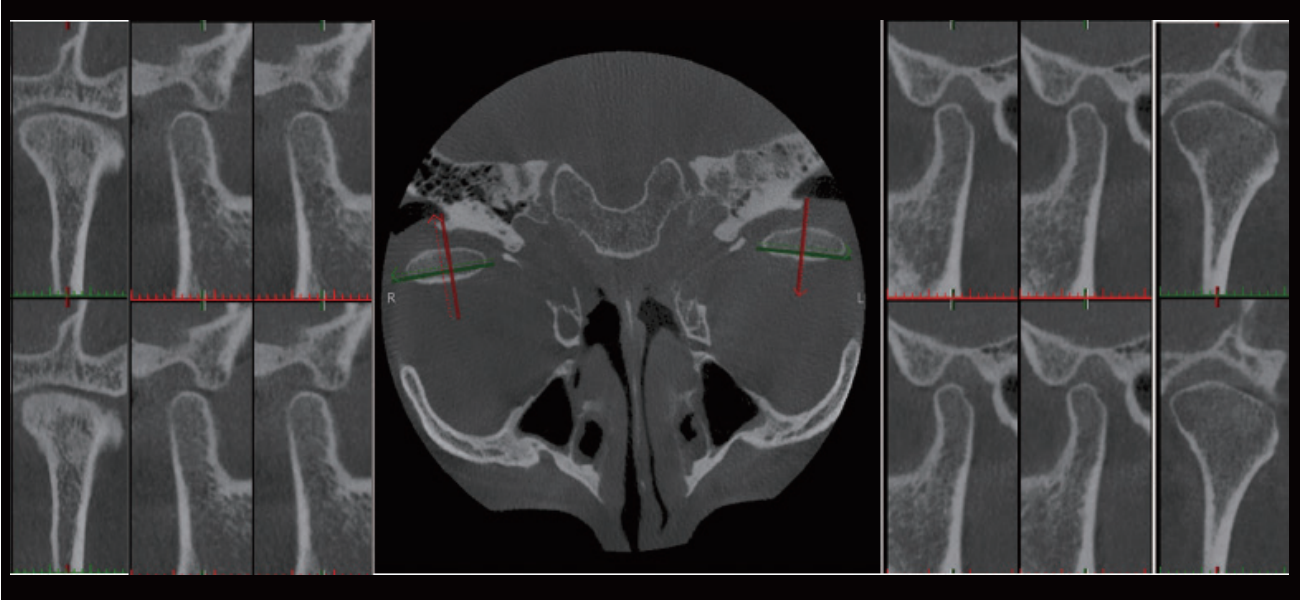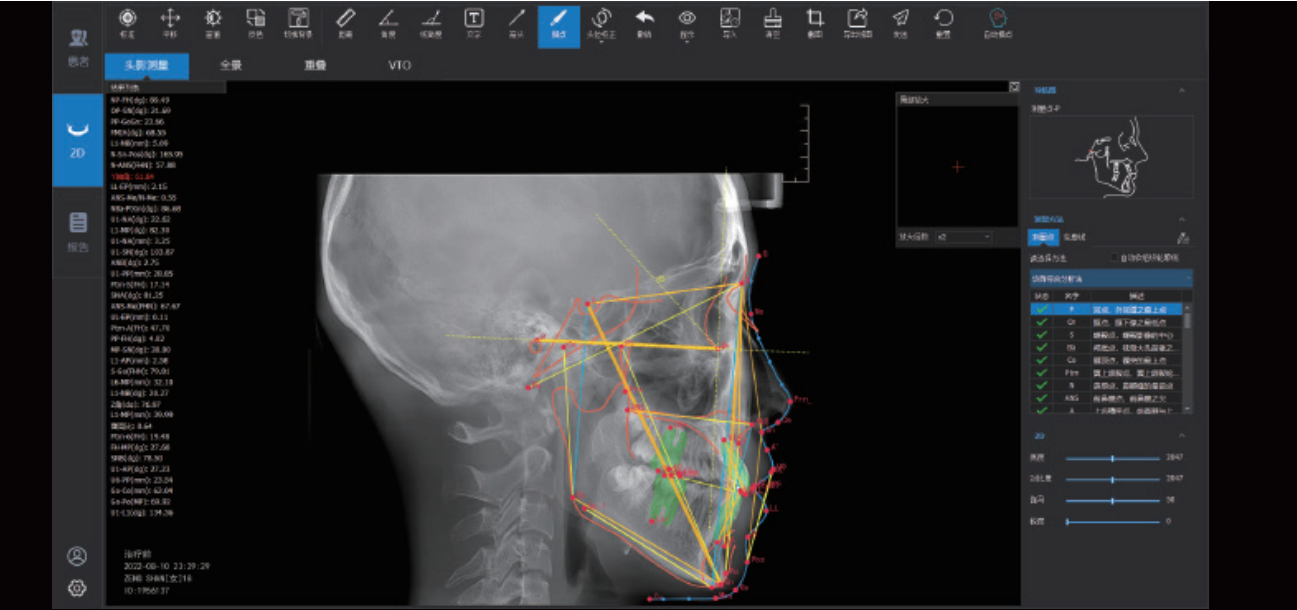Implanting Simulation
The bone and bone mass in the implant area will be evaluated by dental 3D images using HiRes3D. The neural tube will be highlighted automatically, which presents therelationship between the implant and the neural tube. This is a better way to approach a successful implant surgery.
TMJ Diagnosis
SmartVPro software has a visual pattern of comparing the left and right joints, allowing doctors to evaluate the diagnosis and treatment effect on temporomandibular joint diseases.
CEPH Measurement(Optional)
The neural network is trained by mega data, which automatically identifies orthodontic anatomical landmark points, draws anatomical structures and outputs measurement reports according to the selected measurement methods.
Airway Measurement
The airway is segmented automatically, which calculates the volume and the narrowest area of the airway.
Regional Statistics
Used to assess bone mineral density in selected areas.
 English
English  Русский
Русский Français
Français Español
Español

